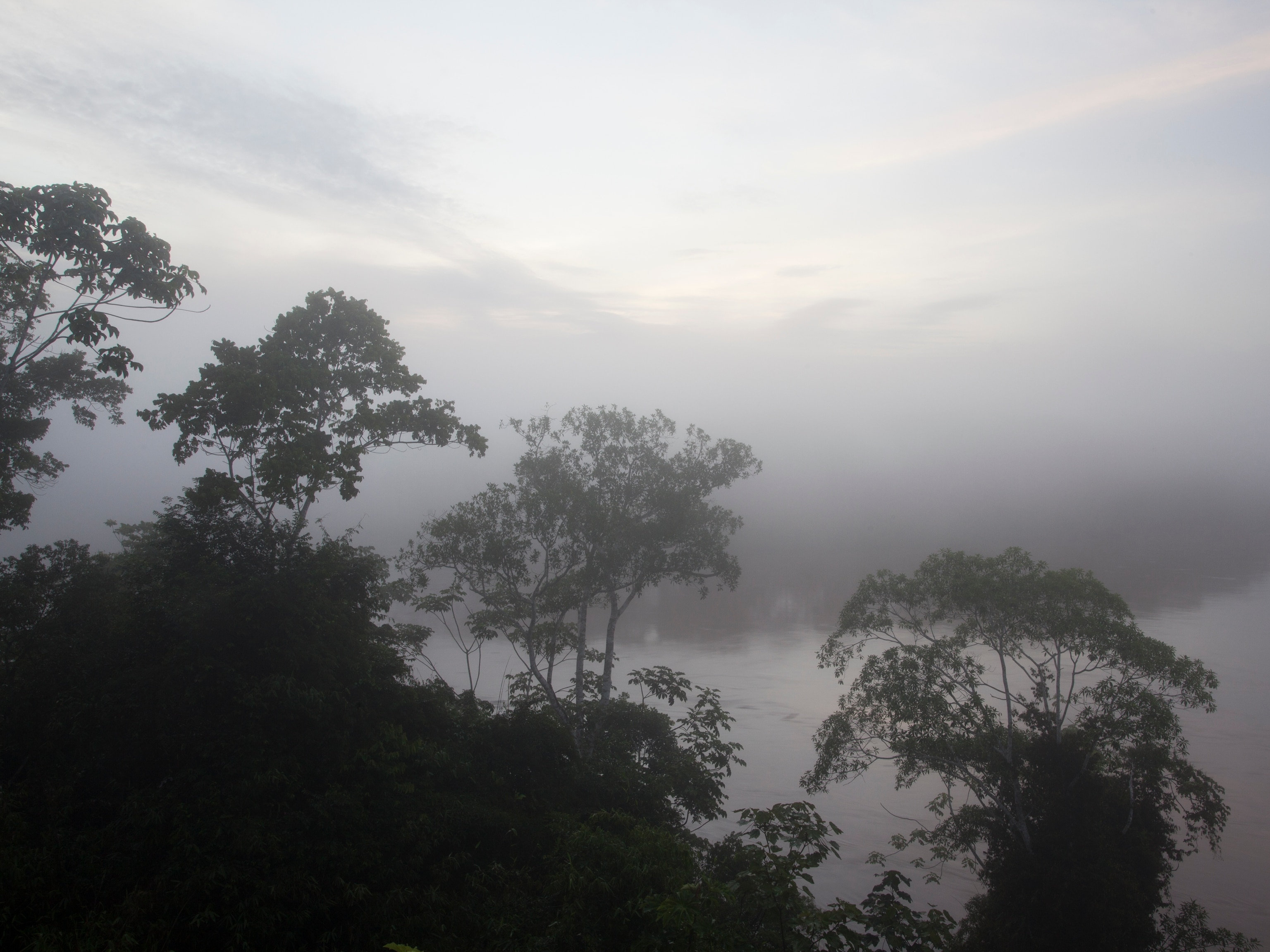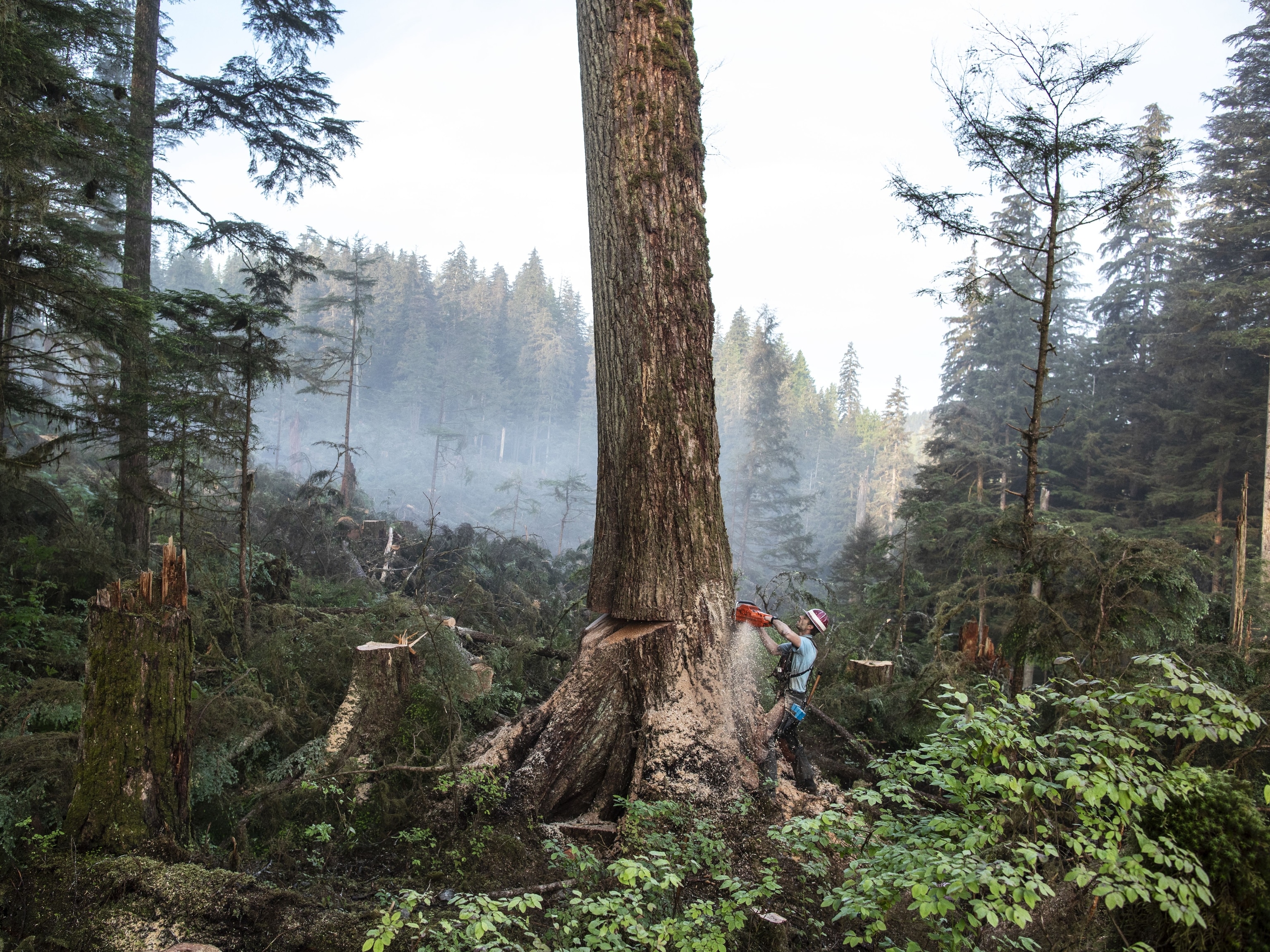What is the ozone layer, and why does it matter?
Human activity has damaged this protective layer of the stratosphere, but scientists say the ozone layer is on track for recovery.
Earth's ozone layer, an early symbol of global environmental degradation, is improving and on track to recover by the middle of the 21st century.
Over the past 30 years, humans have successfully phased out many of the chemicals that harm the ozone layer, the atmospheric shield that sits in the stratosphere about nine to 18 miles (15 to 30 kilometers) above Earth's surface.
Atmospheric ozone absorbs ultraviolet (UV) radiation from the sun, particularly harmful UVB-type rays. Exposure to UVB radiation is linked with increased risk of skin cancer and cataracts, as well as damage to plants and marine ecosystems. Atmospheric ozone is sometimes labeled as the "good" ozone, because of its protective role, and shouldn't be confused with tropospheric, or ground-level, "bad" ozone, a key component of air pollution that is linked with respiratory disease.
(See where air pollution is lethal.)
Ozone (O3) is a highly reactive gas whose molecules are comprised of three oxygen atoms. Its concentration in the atmosphere naturally fluctuates depending on seasons and latitudes, but it was generally stable when global measurements began in 1957.
Groundbreaking research in the 1970s and 1980s revealed signs of trouble.
Ozone threats and 'the hole'
In 1974, Mario Molina and Sherwood Rowland, two chemists at the University of California, Irvine, published an article in the journal Nature detailing threats to the ozone layer from chlorofluorocarbon (CFC) gases. At the time, CFCs were commonly used in aerosol sprays and as coolants in many refrigerators. As they reach the stratosphere, the sun's UV rays break CFCs down into substances such as chlorine.
This groundbreaking research—for which they were awarded the 1995 Nobel Prize in chemistry—concluded that the atmosphere had a “finite capacity for absorbing chlorine” atoms in the stratosphere.
One atom of chlorine can destroy more than 100,000 ozone molecules, according to the U.S. Environmental Protection Agency, eradicating ozone much more quickly than it can be replaced.
Molina and Rowland’s study was validated in 1985, when a team of English scientists found a hole in the ozone layer over Antarctica that was later linked to CFCs. The "hole" is actually an area of the stratosphere with extremely low concentrations of ozone that reoccurs every year at the beginning of the Southern Hemisphere spring (August to October).
At the North Pole, a degraded ozone layer is responsible for the Arctic's rapid rate of warming, according to a 2020 study published in Nature Climate Change. CFCs are a more potent greenhouse gas than carbon dioxide, the most abundant planet-warming gas.

The ozone layer’s status today
In a report released in early 2023, scientists keeping track of the ozone layer noted that Earth's atmosphere is recovering. The ozone layer will be restored to its 1980 condition—before the ozone hole emerged—by 2040. More persistent ozone holes over the Arctic and Antarctica should recover by 2045 and 2066, respectively.
This progress is thanks to the Montreal Protocol on Substances That Deplete the Ozone Layer, a landmark agreement signed by 197 UN member countries in 1987 to phase out ozone-depleting substances. Without the pact, the EPA estimates the U.S. would have seen an additional 280 million cases of skin cancer, 1.5 million skin cancer deaths, and 45 million cataracts—and the world would be at least 25 percent hotter.
(Read more about how climate change is a threat to human health.)
Nearly all the ozone-destroying chemicals banned by the Montreal Protocol have been phased out, but some harmful gases are still used. Hydrochlorofluorocarbons (HCFCs), transitional substitutes that are less damaging but still harmful to ozone, are still in use in some countries. HCFCs are also powerful greenhouse gases that trap heat and contribute to climate change.
Though HFCs represent a small fraction of emissions compared with carbon dioxide and other greenhouse gases, their planet-warming effect prompted an addition to the Montreal Protocol, the Kigali Amendment, in 2016. The amendment, which came into force in January 2019, aims to slash the use of HFCs by more than 80 percent over the next three decades.
In the meantime, companies and scientists are working on climate-friendly alternatives, including new coolants and technologies that reduce or eliminate dependence on chemicals altogether.





